McLaren's streamlined Speedtail

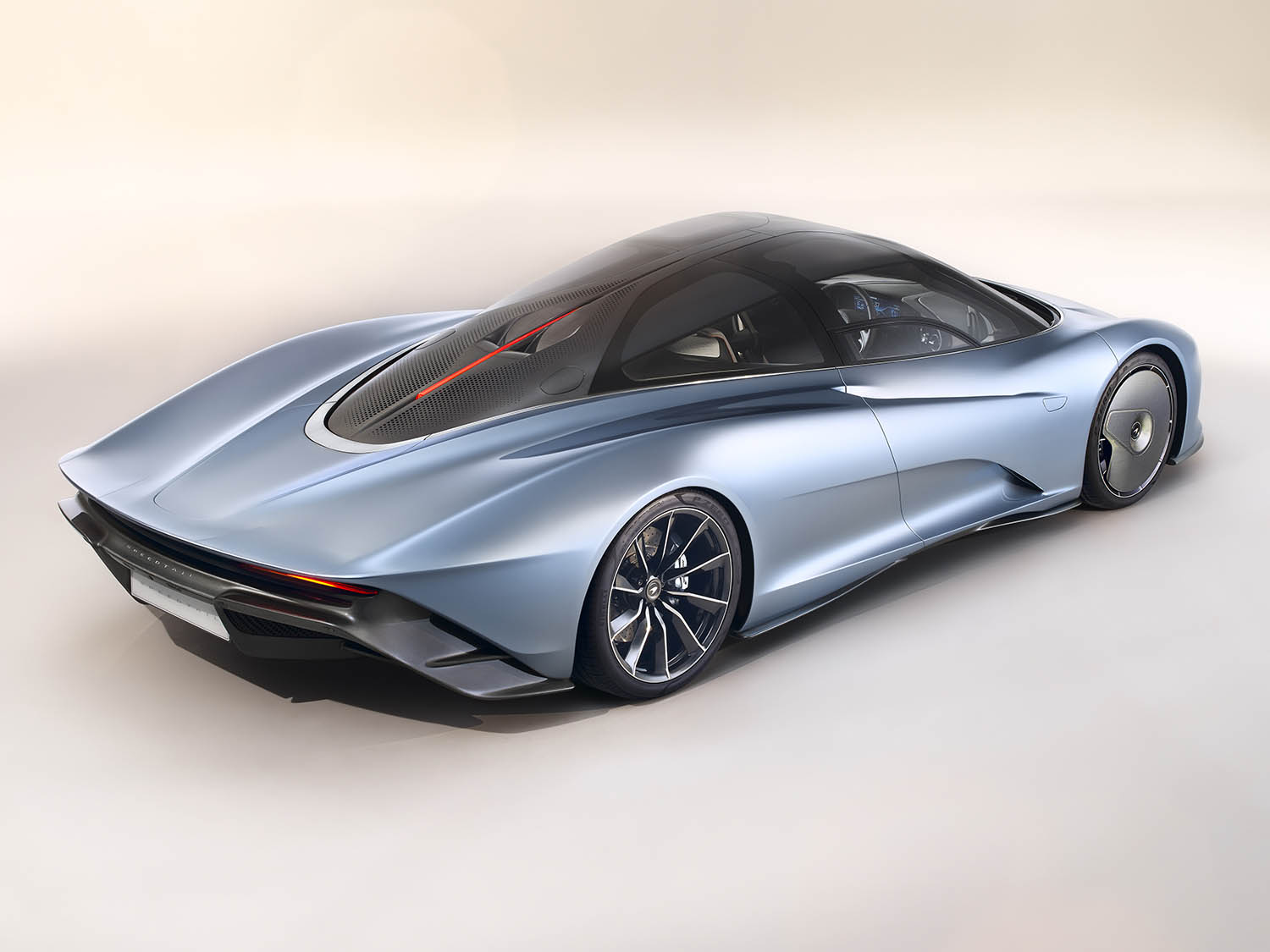
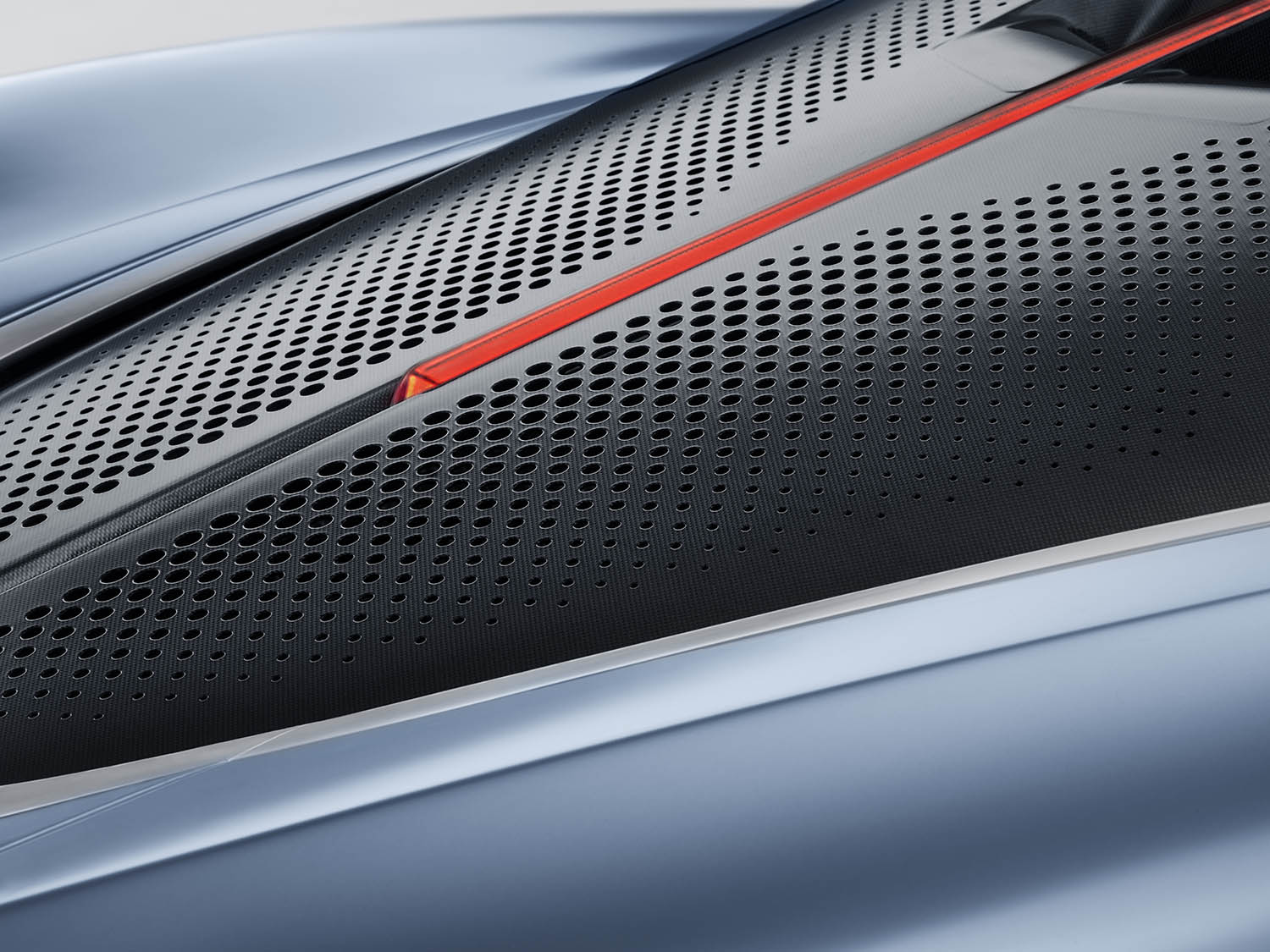

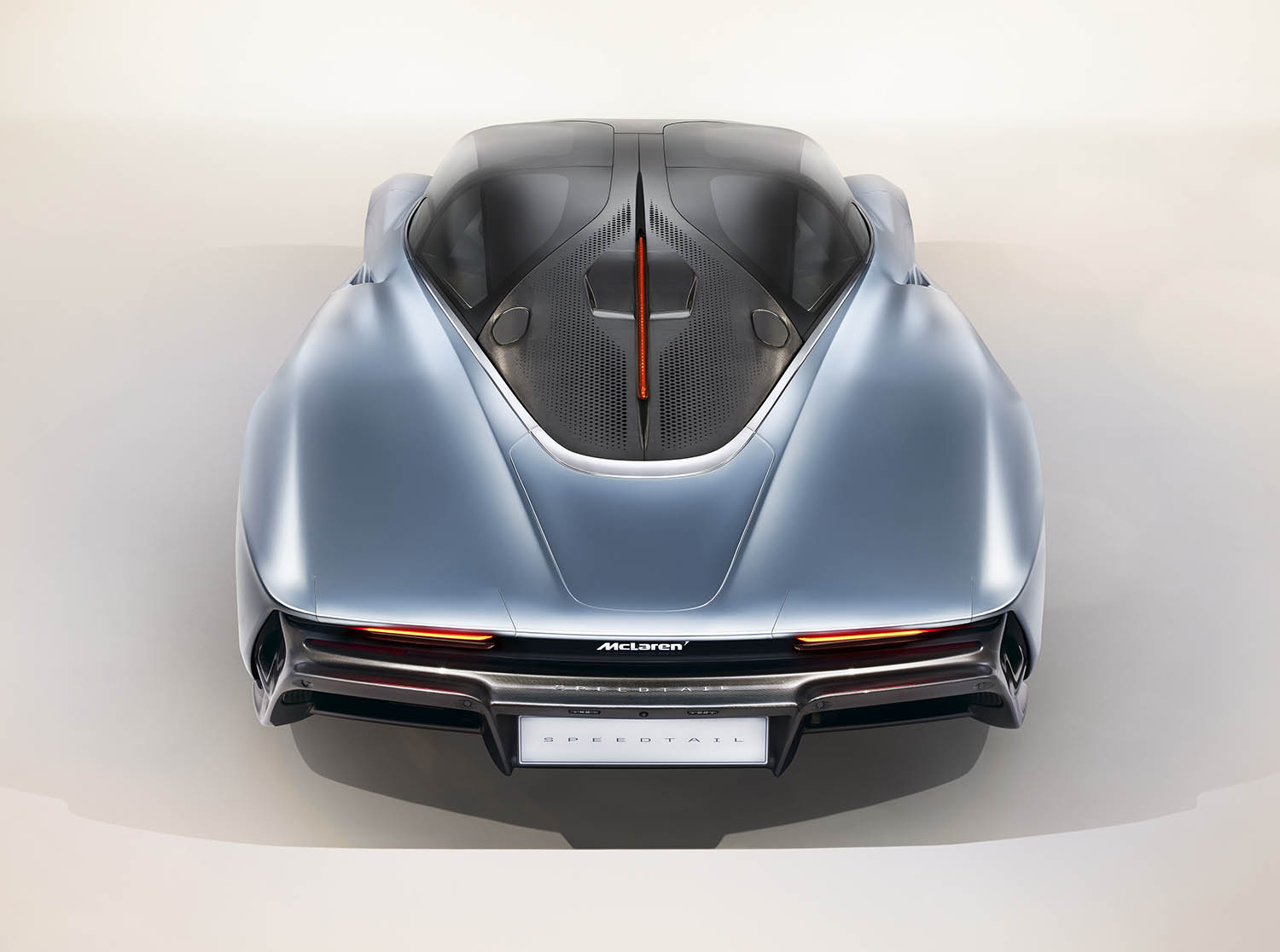
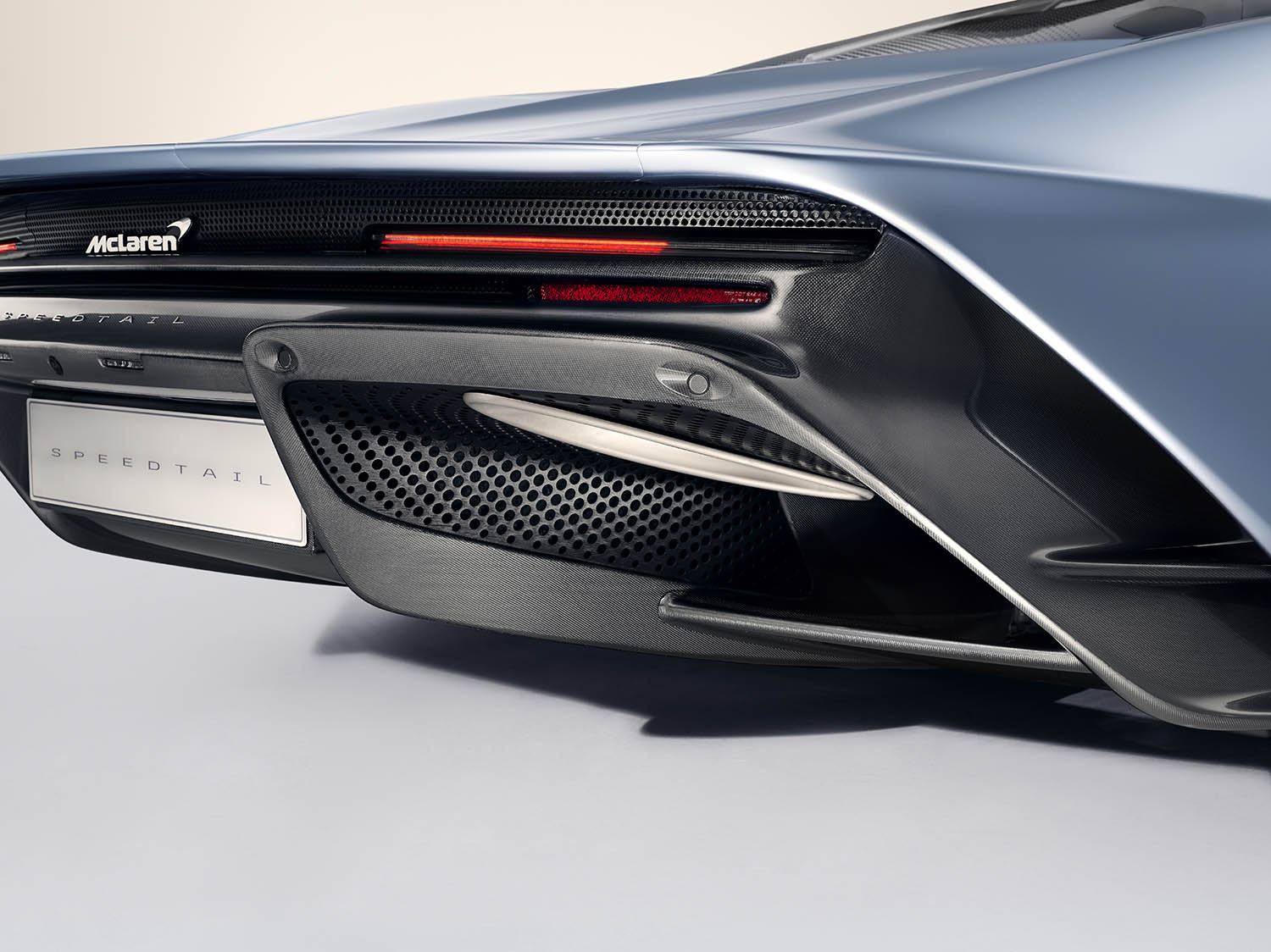

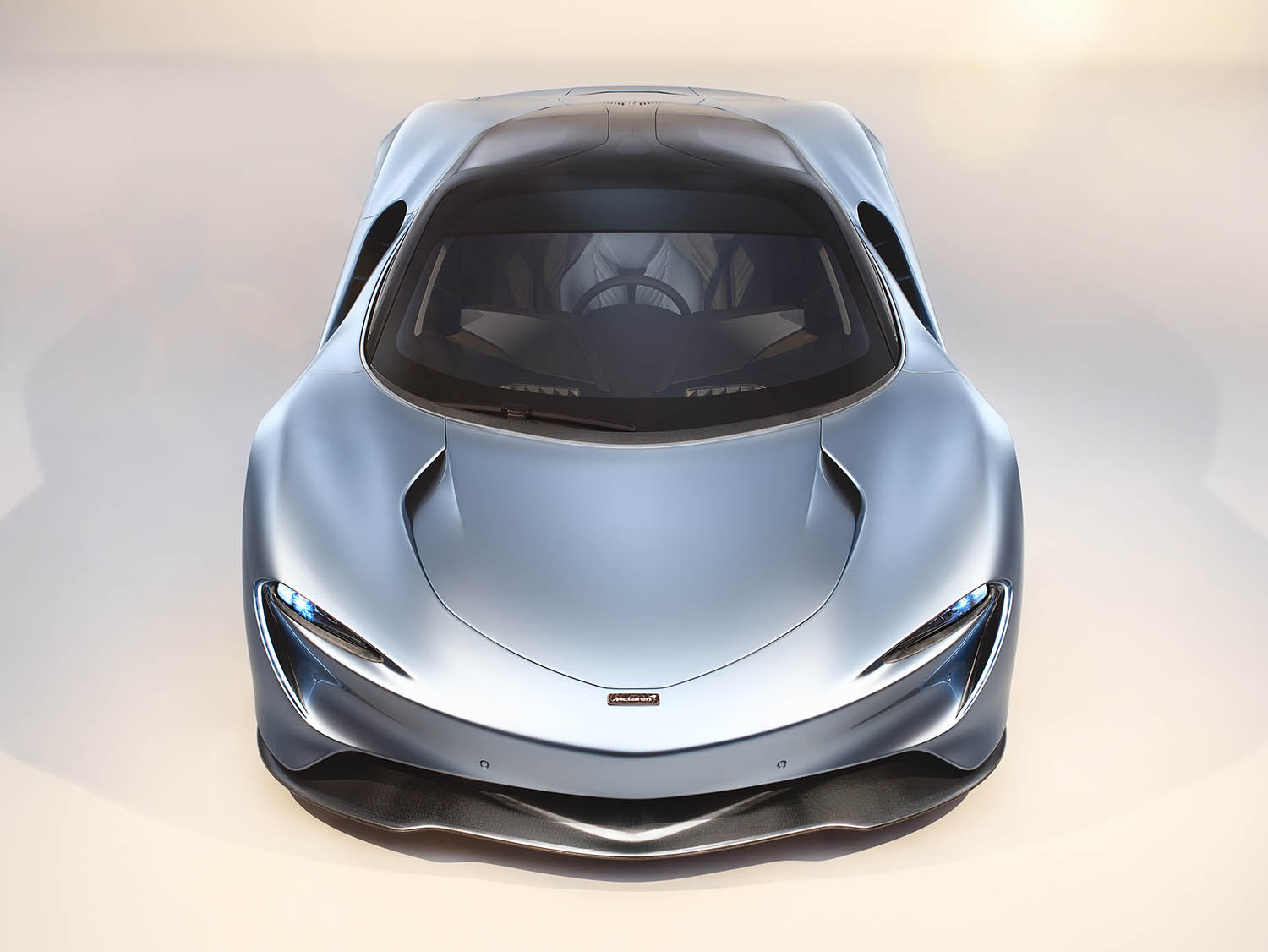

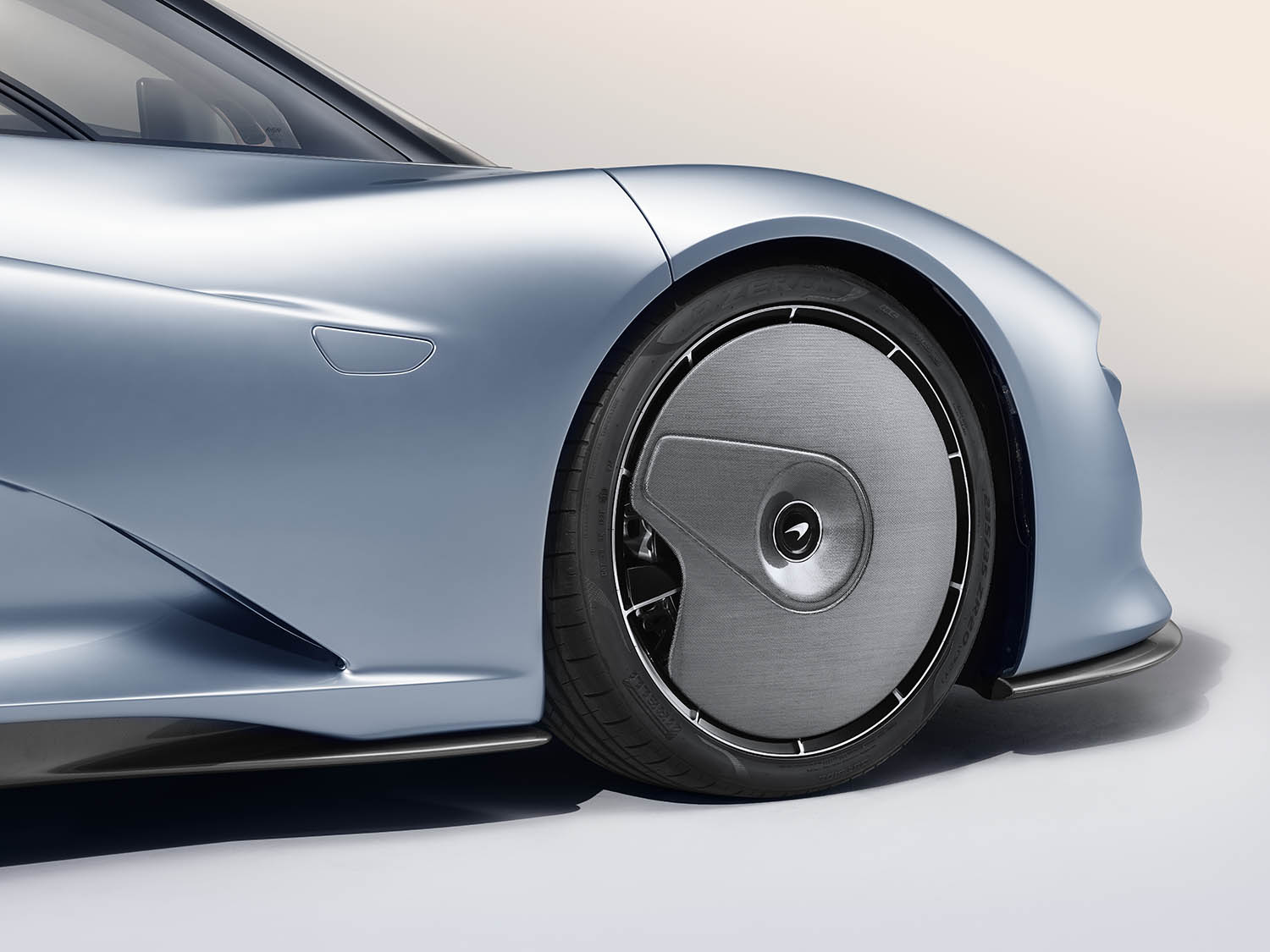




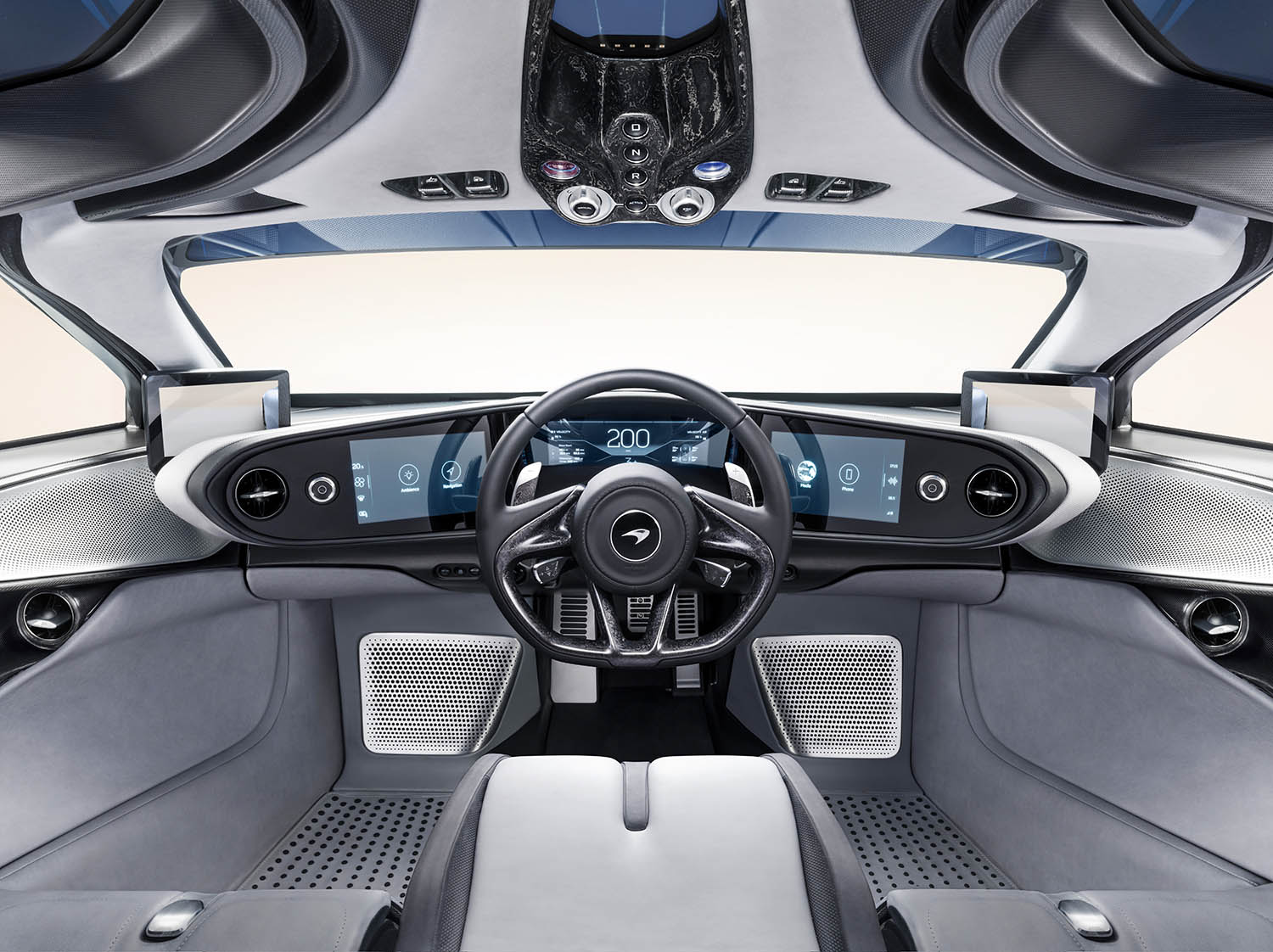

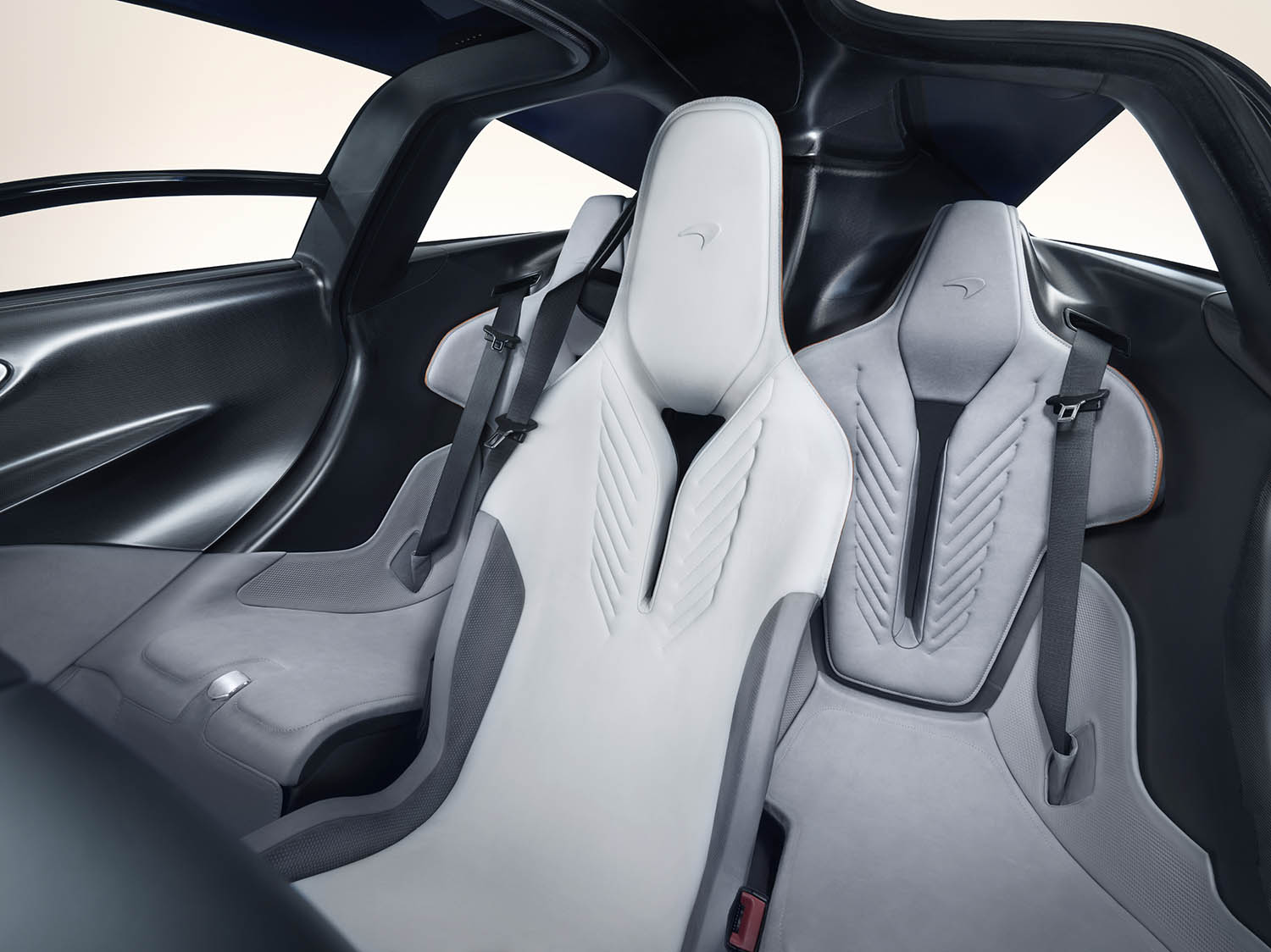

McLaren Automotive have revealed the stunning, streamlined form and sensational specification of the McLaren Speedtail. The next chapter in McLaren’s Ultimate Series, the Speedtail is the first ‘Hyper-GT’ from the British manufacture. The Speedtail can achieve the highest maximum speed of any McLaren to date, reaching 250mph, yet will also deliver an unprecedented blend of contemporary craftsmanship, materials innovation and bespoke personalisation. Just 106 will be created and all are already reserved.
The teardrop-shaped cockpit and aerodynamically optimised body are the foundation for the exceptional aerodynamic drag efficiency, with innovative features such as carbon fibre front-wheel static aero covers, retractable digital rear-view cameras (in lieu of mirrors) and patented active rear ailerons furthering contributing to the ultra-low drag achieved.
The Speedtail model is built around a bespoke McLaren Monocage carbon fibre structure and benefits from lightweight engineering throughout, including an all-carbon fibre body, aluminium active suspension and carbon ceramic brakes. The powertrain is a pioneering petrol-electric hybrid developing a combined 1,050bhp to support the extraordinary performance.
The straight-line acceleration of the Speedtail sets a new benchmark for a McLaren, with 0-300km/h (0-186mph) achieved in just 12.8 seconds; McLaren Automotive’s previous Ultimate Series hybrid, the McLaren P1™, could reach this speed in 16.5 seconds.
The Speedtail driver’s seat is positioned in the centre of the cockpit. This creates an unparalleled sense of space and a perfectly balanced view out of the windscreen. The custom-made carbon fibre seat, inspired by the seat of the iconic McLaren F1, offers the support and comfort appropriate for a ‘Hyper-GT’ car. Entry into this very special driving position is aided by a newly created directional leather finish that makes it easy to slide into the seat but then subtly holds the occupant in place while they drive. The central seat is flanked by two passenger seats that are integral to the carbon fibre monocoque.
The windscreen curves upwards to become part of the roof, meeting a glazed porthole above the driver’s head and the glazed upper section of the dramatic dihedral doors. The incredible sense of space continues rearwards with glass rear-quarterlights that stretch back behind the seats to almost level with the rear axle. An extraordinary amount of light streams into the cockpit – unless the occupants choose otherwise, in which case the porthole, glazed upper section of the doors and rear-quarterlights feature electrochromic technology that allows them to independently turn opaque in an instant. Separately, the top of the windscreen is also electrochromic glass, forgoing the need for sun visors.
Ahead of the driver is a state-of-the-art control system, with high-definition displays and touchscreens that sweep across the dashboard and remove almost every button and switch traditionally found in a car. The controls to start the engine, turn on the Active Dynamics Panel and engage Velocity mode – as well as those to open the windows and doors – are in panels above the driver’s head. These controls and the other switches and dials are milled from aluminium, and then hand-brushed and polished.

